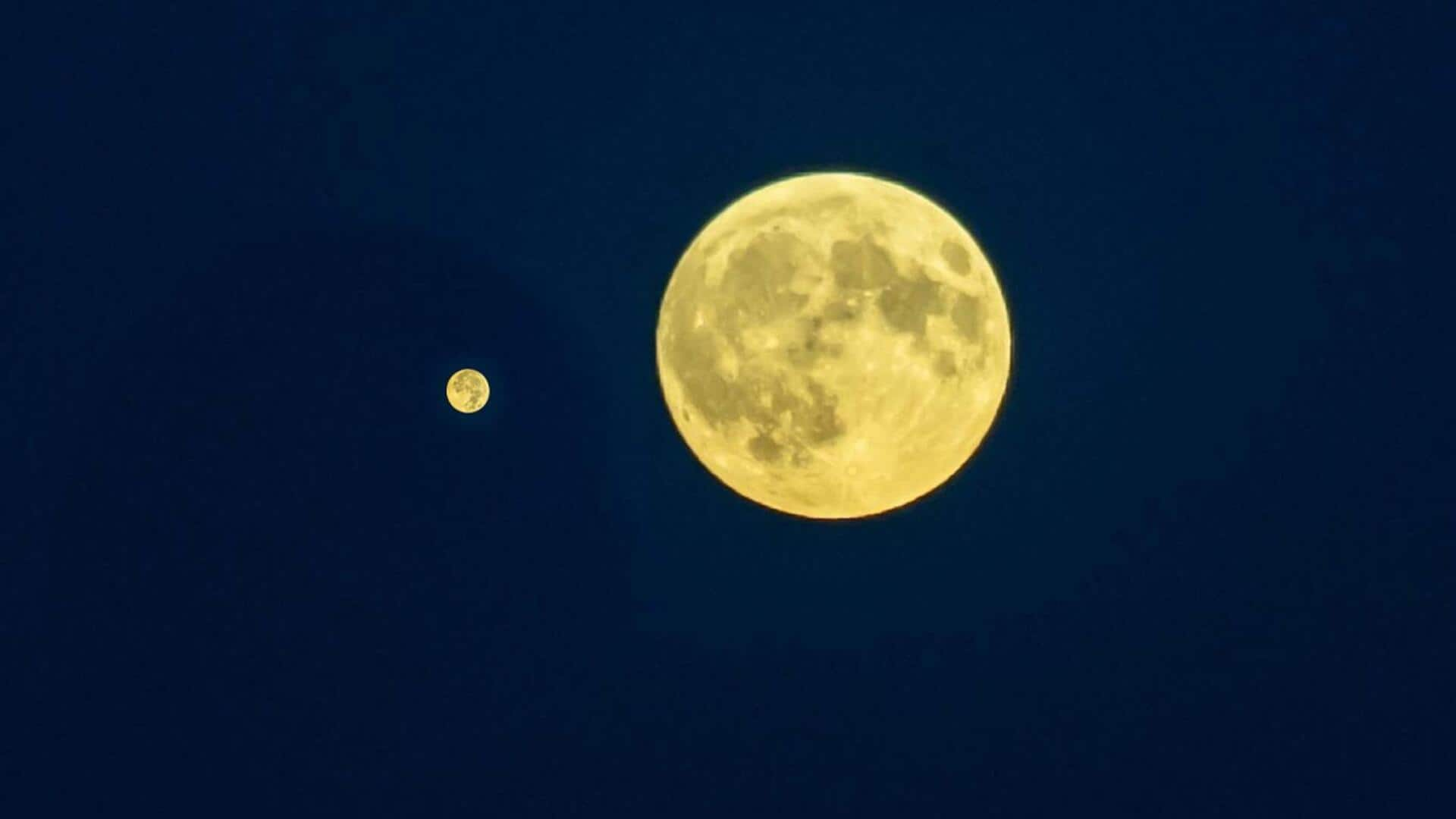
Can you see Earth's new 'second moon' without a telescope?
What's the story
Earth has a new companion in space, a small asteroid called '2025 PN7.' It has been dubbed a quasi-moon by NASA. Unlike the Moon, which orbits Earth directly, 2025 PN7 follows an orbit around the Sun that closely resembles Earth's path. This makes it appear as if it's following our planet.
Quasi-moon details
What is a quasi-moon?
Quasi-moons are objects that are gravitationally bound to a Sun-centered orbit, which temporarily aligns with Earth's. Discovered in August 2025 by the University of Hawaii's Pan-STARRS system at Haleakala Observatory, the asteroid measures between 18 and 36 meters across. Despite its small size, NASA confirms it has been accompanying Earth for some 60 years and will remain in a quasi-orbit until around 2083.
Orbital journey
Asteroid not visible to naked eye
Mike Shanahan, planetarium director at New Jersey's Liberty Science Center, explained that PN7 is a small asteroid about 60 feet across. It travels in an orbit similar to Earth's, coming as close as 299,337km. Despite its proximity, the asteroid isn't visible to the naked eye. It's too small and far away—some four million kilometers from Earth. It can only be seen with powerful telescopes that we have at some of the world's leading observatories.
Safety assurance
Asteroid poses no threat to Earth
The long-term presence of quasi-moons like 2025 PN7 gives scientists a unique chance to study near-Earth objects and their orbital dynamics without any threat. The asteroid is considered harmless. Shanahan confirmed that "it's so small and distant that it poses no threat." The asteroid's trajectory keeps it safely away from Earth, with its primary interest lying in astronomy and orbital studies.